Shipping Container Homes Pros, Cons & Uses
Shipping containers are a blank canvas for innovation. Whether for commerce, community, or sustainability, their flexibility makes them a smart choice for creative problem-solvers! 🚢
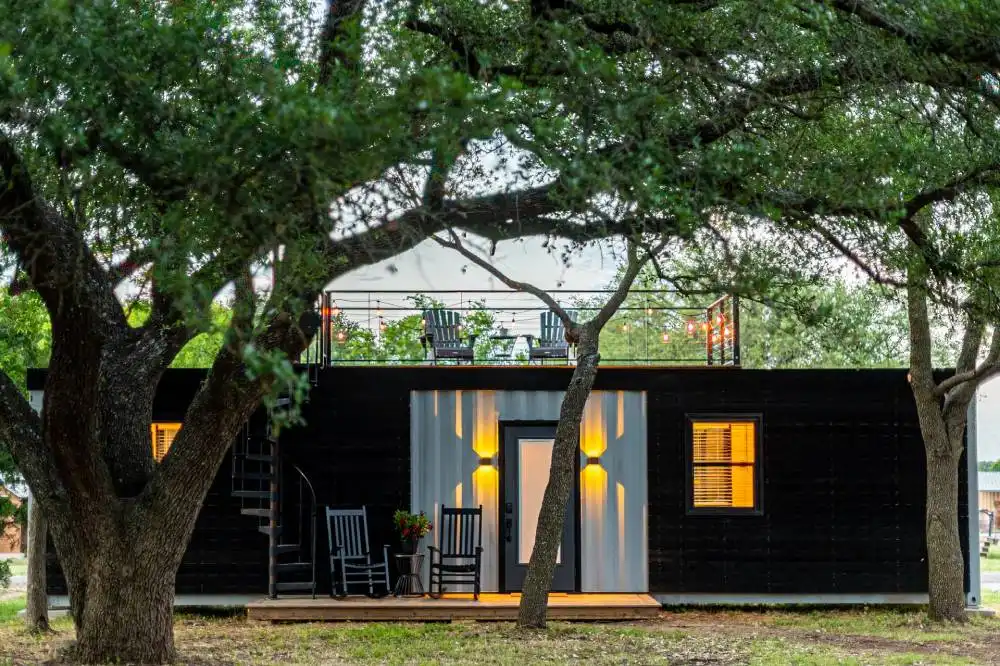
Shipping container homes are increasingly becoming popular for many due to their affordability and availability. In addition to being cost-effective, they are often also considered more sustainable. Quick assembly and customization also make them attractive to potential homeowners.
TL;DR
So you're curious about shipping container homes? They're houses built from those big metal boxes you see on ships and trucks. They're becoming super popular because they're generally cheaper and more eco-friendly than traditional houses. Plus, you can customize them with all sorts of cool features, like expandable rooms and luxury finishes, or even make them into tiny homes.
But is container living the right choice for you? If the container chic aesthetic is calling your name, you're in the right place. In this post, we look at shipping container homes, what makes them popular and what you should consider before getting one for yourself.
What are shipping container homes?
Shipping container homes are made from a used shipping container or by combining multiple shipping containers. These homes can be either prefabricated or custom-built. Container homes are becoming increasingly popular as a more sustainable and affordable alternative to traditionally built homes.
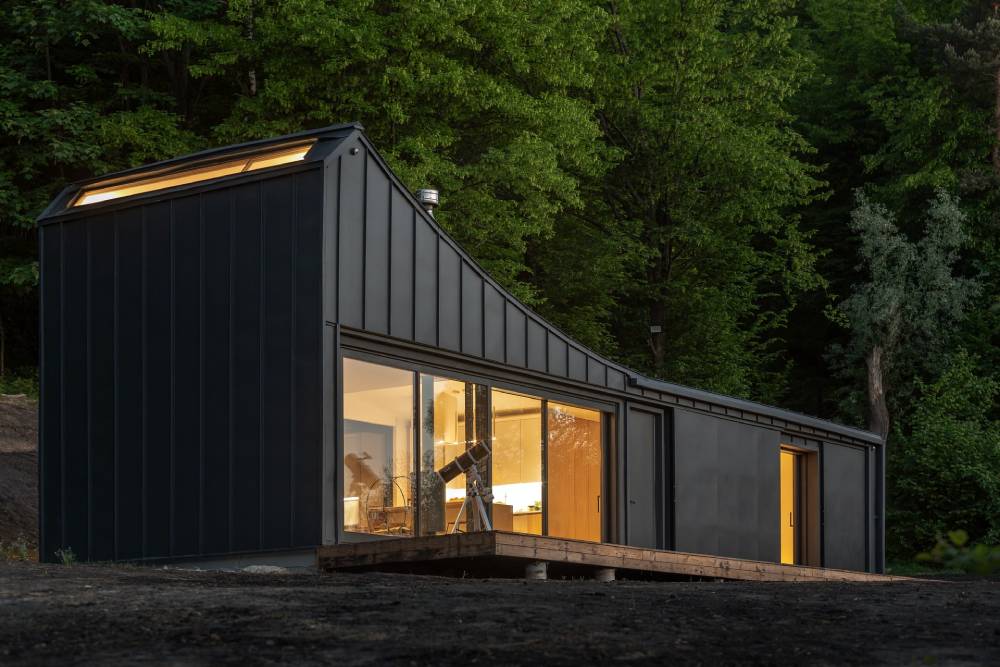
Shipping containers are made from weathering steel, making them incredibly durable and low-maintenance. They are also modular, so they can be easily transported and assembled on-site. Shipping container homes can be adapted to most climates and terrain, making them ideal for those who want to live off the grid.
Expandable container homes
If you want flexibility to expand your living space as your needs change, consider adding additional containers. Expandable container homes can be easily extended with prefabricated or custom-built containers to match the existing structure. This makes them ideal for growing families or if you want to incorporate other uses like a home office, an art studio or a home gym.

Prefab container homes
Prefab container homes are the way to go if you want a quick and easy way to build a new home. These homes are built off-site in a factory and then transported to the building site, where they are assembled.
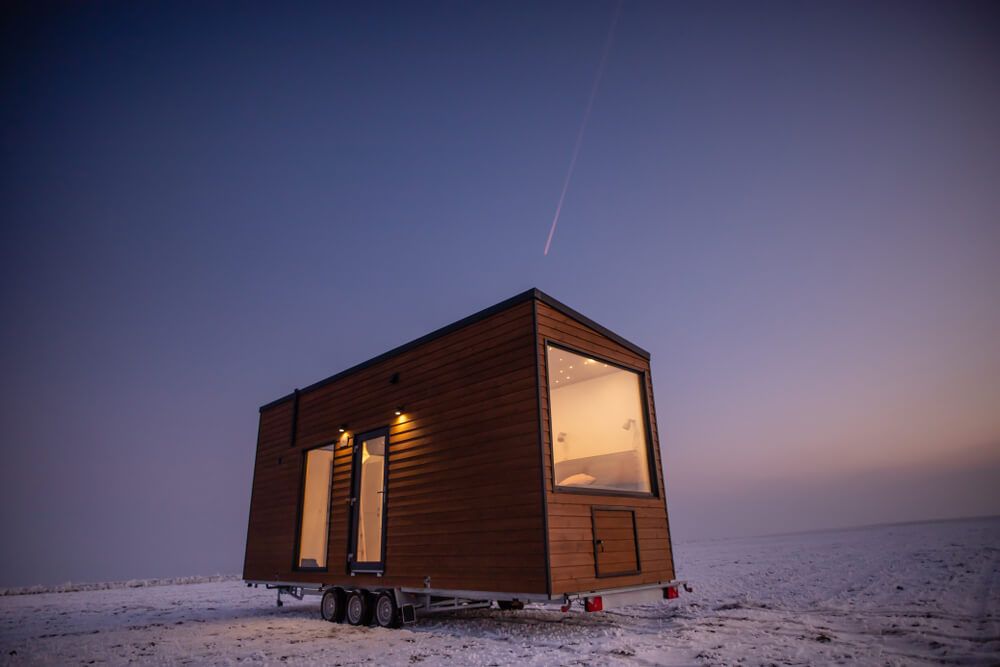
This can save a significant amount of time and money, as well as reduce the amount of disruption to the surrounding area.
Luxury container homes
Who said container homes can't be lavish? Luxury container homes can be customized to include various high-end features, such as gourmet kitchens, spa-like bathrooms, and home theaters.
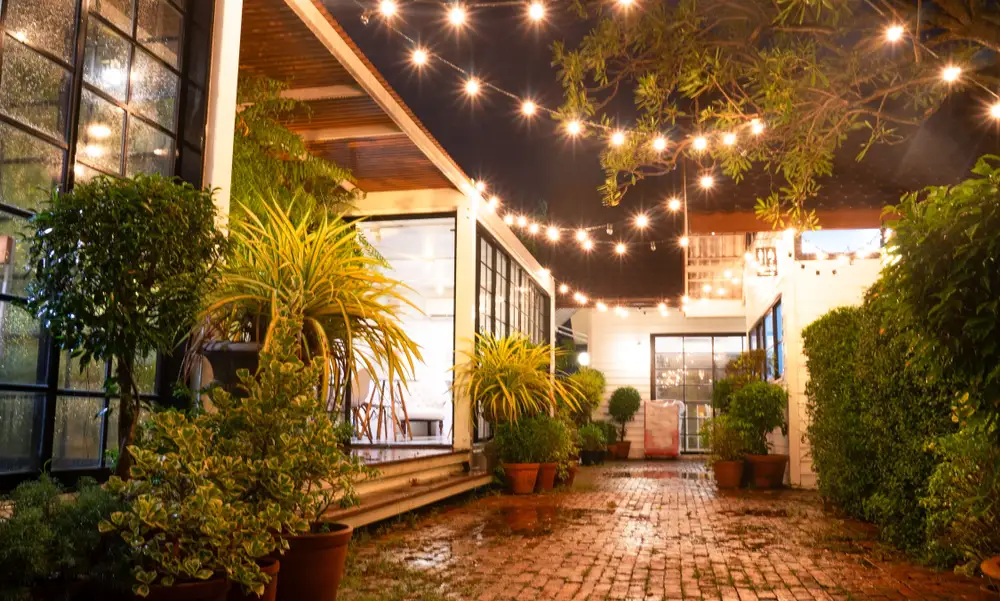
They can also be designed to blend in with the surrounding environment, making them ideal for those who want to live in a more natural setting.
Tiny container homes
Consider tiny container homes if you want to downsize your living space and live a more minimalist lifestyle. These homes are typically made from a single shipping container and can be as small as 160 square feet.

They are often very affordable and can be easily transported, making them ideal for those who want to live a more nomadic lifestyle.
Shipping container homes by size
Shipping container homes are made from intermodal steel containers. They come in two sizes that can be used as-is or configured to create a larger space.

Most shipping containers are 20 feet by 8 feet or 40 feet by 8 feet. The smaller containers can offer 160 square feet of living space, while the larger ones provide 320 square feet.
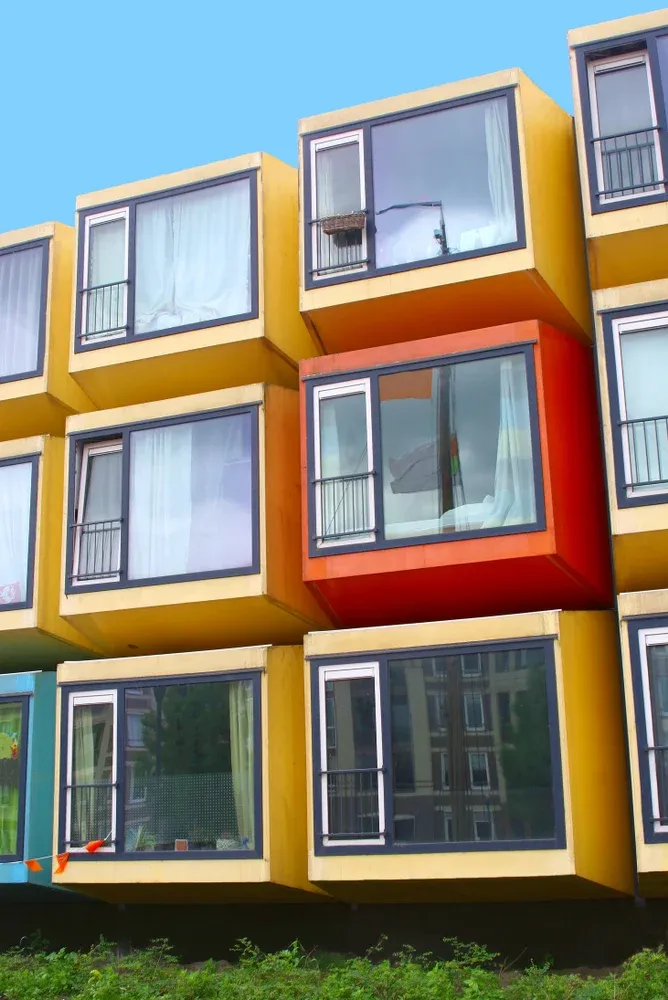
Shipping containers can be stacked vertically or horizontally to create a more living space. You can also use shipping containers to create dwellings that house multiple independent units.
Creative uses for shipping containers
Shipping containers are versatile, durable, and modular, making them ideal for innovative repurposing beyond residential use. Here are a few creative, non-residential applications of shipping containers.
| Example | Use | Benefits | Examples |
|---|---|---|---|
| Pop-up retail & cafes | Convert containers into trendy shops, coffee houses, or food stalls. | Portable, cost-effective, and eye-catching for urban areas or festivals. | Starbucks’ drive-thru container cafés, seasonal holiday markets. |
| Mobile art galleries | Transform containers into traveling art exhibits or interactive installations. | Weather-resistant, easy to transport, and customizable for lighting/display. | The Container Art Festival (Taiwan), BOX PARK (London). |
| Emergency shelters & medical clinics | Rapid-deployment clinics, disaster relief housing, or mobile hospitals. | Stackable, secure, and quickly modified for sanitation and utilities. | Emergency COVID-19 testing units, refugee housing in conflict zones. |
| Urban farming & hydroponics | Create vertical farms or climate-controlled grow rooms for herbs, greens, or mushrooms. | Efficient land use, insulation for temperature control, and pesticide-free crops. | Freight Farms’ Leafy Green Machine, urban rooftop farms. |
| Co-working spaces & offices | Build portable offices, tech hubs, or startup incubators. | Affordable, scalable, and ideal for remote or temporary worksites. | Google’s container-based offices in Kenya, pop-up co-working hubs. |
| Educational classrooms & libraries | Deploy classrooms, STEM labs, or community libraries in underserved areas. | Fast setup, low-cost alternative to brick-and-mortar buildings. | Containers of Hope schools in Costa Rica, mobile STEM labs. |
| Hospitality & eco-tourism | Design boutique hotels, glamping pods, or eco-resort amenities. | Unique aesthetic, minimal environmental footprint. | CitizenM hotels, luxury safari lodges in Africa. |
| Community and social hubs | Build gyms, maker spaces, or youth centers in urban areas. | Affordable community infrastructure with a modern vibe. | Re:START Mall (Christchurch, NZ) post-earthquake retail hub. |
What are the pros of container homes?
There are many benefits to reusing shipping containers for housing. Here are a few things to consider if you're looking into the pros of container homes.
More affordable than traditional homes
While the cost of a container home will vary depending on size, design and layout, this option is generally a more cost-effective housing option. Shipping container homes are smaller and often come pre-fabricated, making them more affordable and accessible.


Fast and easy assembly
Pre-assembled homes are often built off-site and inside large hangars that make construction faster. If you have all the necessary materials on hand, it is possible to construct a shipping container home in just a few days.

This is a significant benefit if you need to move into your new home quickly or live in an area where housing is in high demand.
A more environmentally friendly option
Container homes are made from repurposed shipping containers that are no longer used to carry cargo. Therefore, buying them and converting them into living spaces is considered more sustainable as they use fewer land resources and raw materials.
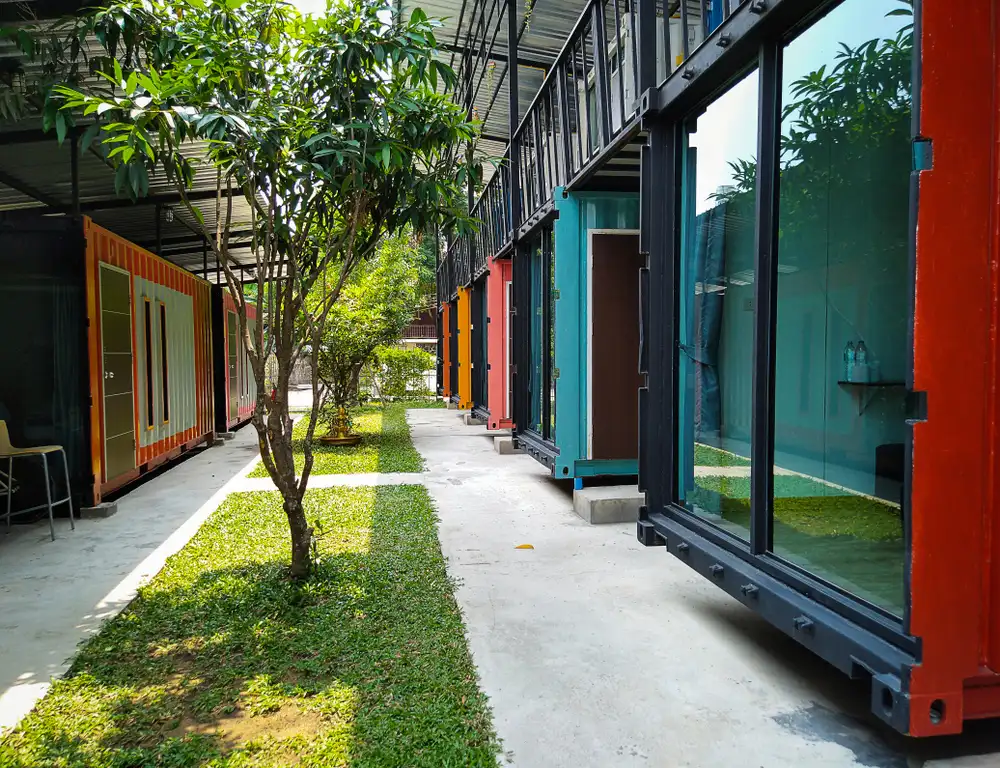
Durable and low-maintenance
Shipping containers are made of durable corten steel that can withstand different temperatures and weather conditions. This construction material also requires less maintenance and can be used in different climates.
What are the cons of container homes?
As with many things, there are a few cons of shipping container homes that can impact your decision. Make sure to explore them all before committing to a container home.
Issues with permits and building permits
The downside of shipping container homes is that they are not recognized as valid forms of housing by many local municipal authorities. This might make it challenging to obtain the necessary permits and might not be permissible in your area.


Always do your research and work with a shipping container home builder who is familiar with the permitting process in your area.
Costs can add up
The modular nature of shipping containers means they can often be sourced and used at a lower price. However, they will likely require additional costs for insulation, finishes, appliances and other features to make them livable.
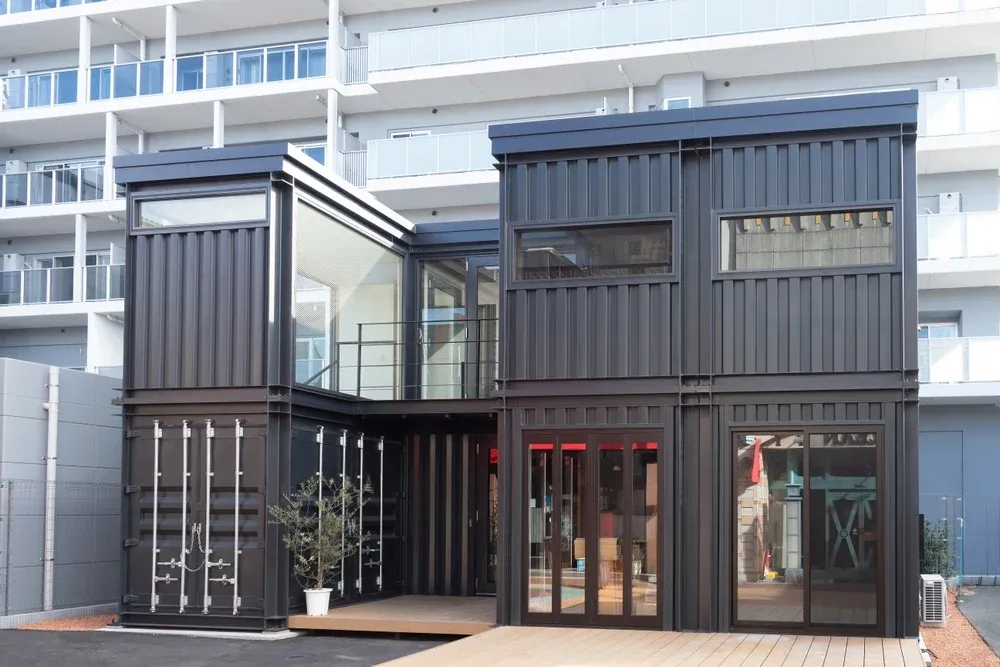
You might also have to factor in structural integrity risks when cutting openings and additional reinforcement costs.
Not great for all climates
Another downside of shipping container homes is that they can be difficult to insulate. This is because shipping containers are made from metal.
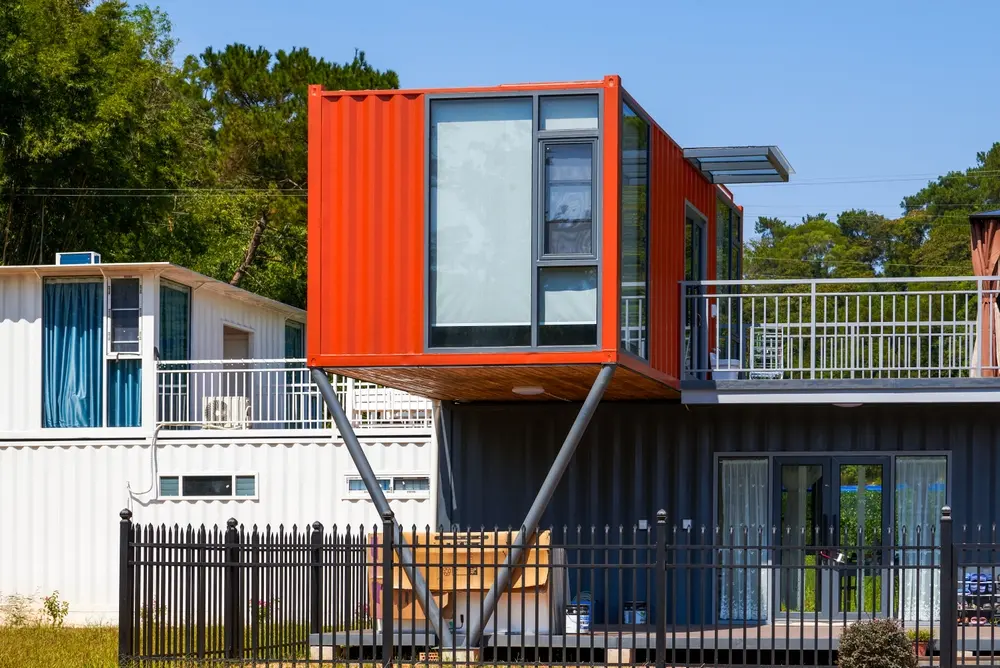
As a result, shipping container homes can be sweltering in the summer and very cold in the winter. Insulation options are available for shipping container homes, but they can be expensive to install.
Not always eco-friendly
Containers that have been damaged or were treated with chemicals can be dangerous if not cleaned properly. Using new containers that can still be used for shipping instead of ones that have reached their retirement age is not the same as repurposing old ones.
Tips for choosing container homes
Although shipping containers are less expensive than other construction materials, they must be properly insulated and outfitted with electrical, plumbing, and HVAC systems.
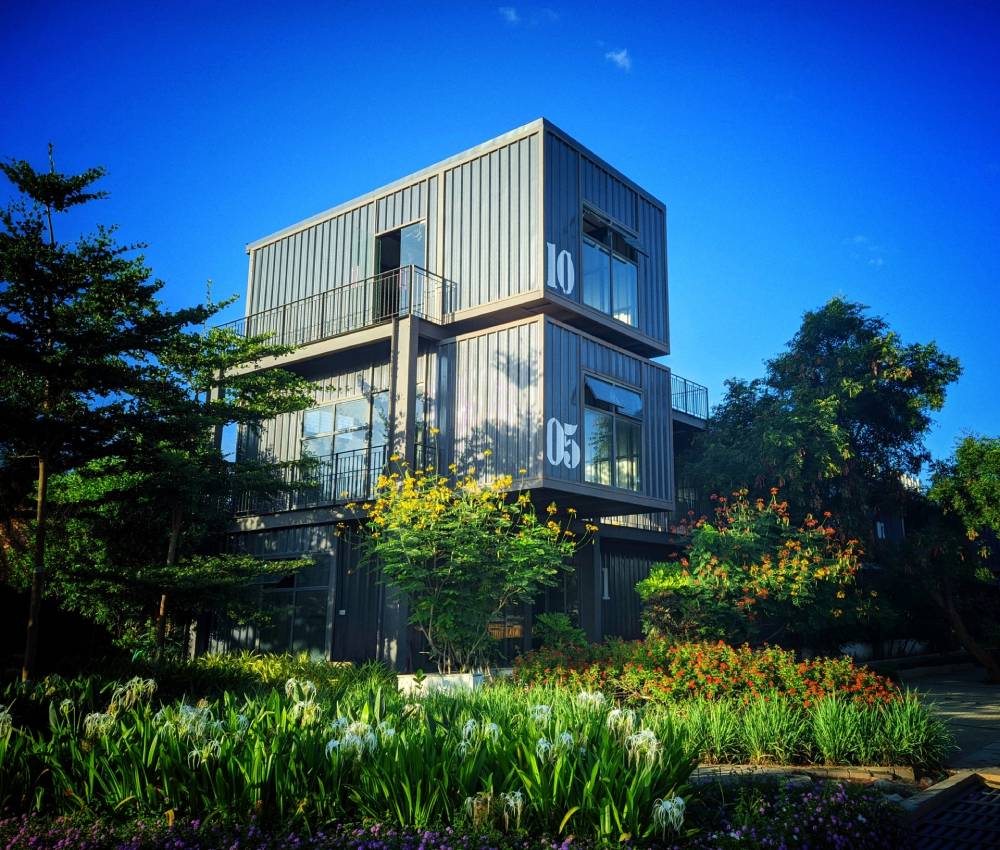
This can add up quickly, so be sure to factor in the cost of these materials and services when budgeting for your shipping container home.
| Consider a container home if: | Avoid it if: |
|---|---|
| You prioritize sustainability and innovative design. | You seek guaranteed low costs or traditional aesthetics. |
| You have budget flexibility and enjoy DIY projects. | Local codes are restrictive, or you lack time/resources for complex modifications. |
| Local regulations are favorable, and you can secure experienced contractors. |
Another thing to consider is the design of your shipping container home. You can customize these homes to meet your specific needs, but it's important to work with a qualified architect or engineer to ensure that your home is safe and up to code.
Conclusion
Shipping container homes offer a unique, eco-conscious housing solution with notable design potential. However, success hinges on thorough planning, awareness of hidden costs, and compliance with regulations.
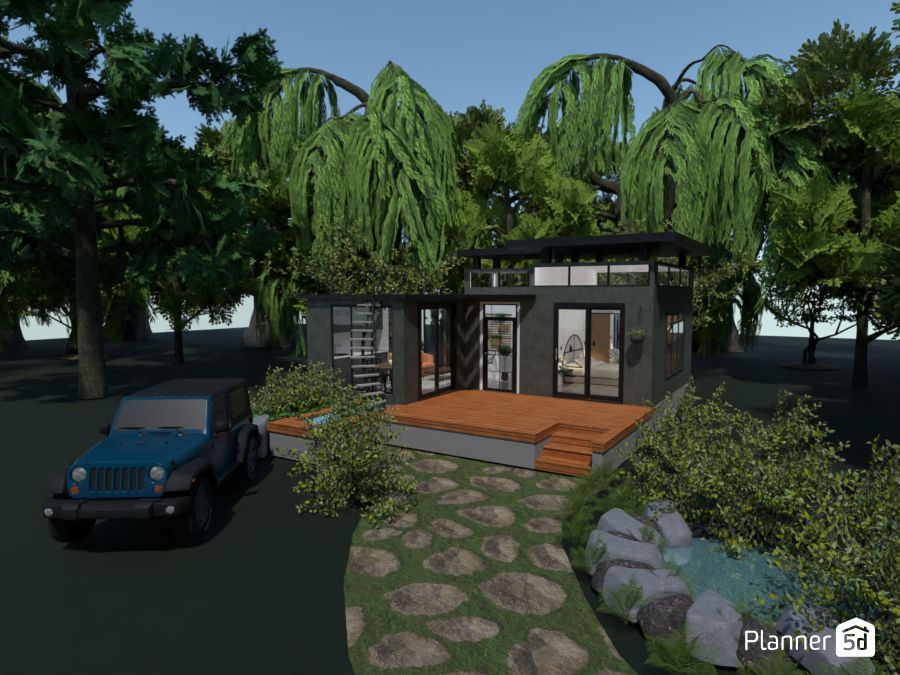
Evaluate personal priorities, location, and budget carefully before committing. Do your research and work with a shipping container home builder familiar with the permitting process in your area to make sure that your shipping container home is up to code.
Want to try designing your own shipping container? Check out our Design of the Week: Container Home for inspiration and create your own.
Planner 5D: The Future of Interior Design
Experience the power of AI-driven design with Planner 5D. Our innovative tools, including the Design Generator, Smart Wizard, and AI floor plan recognition, make bringing your dream home to life easier than ever. Transform your vision into reality and unlock a world of design possibilities today.
Start designing your dream home